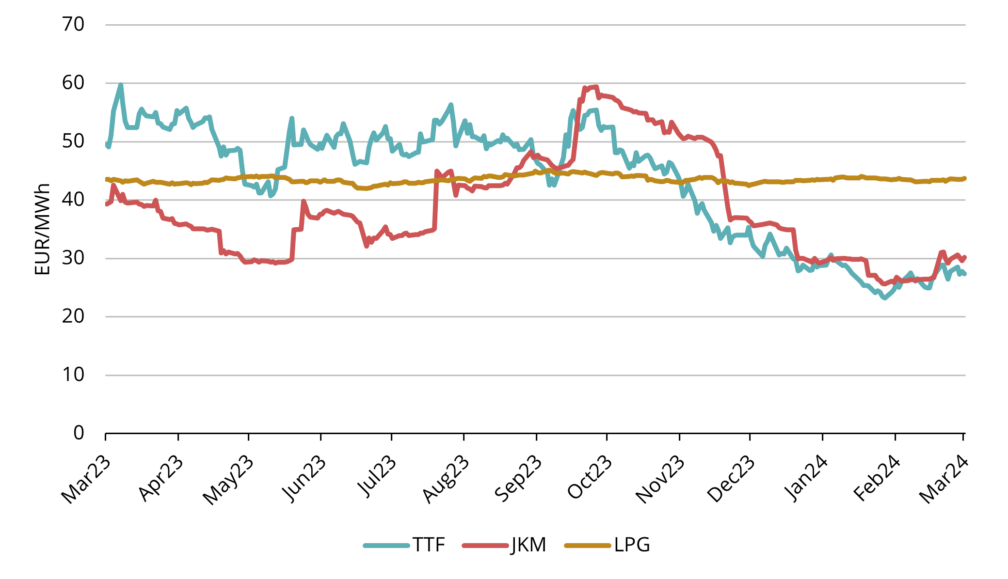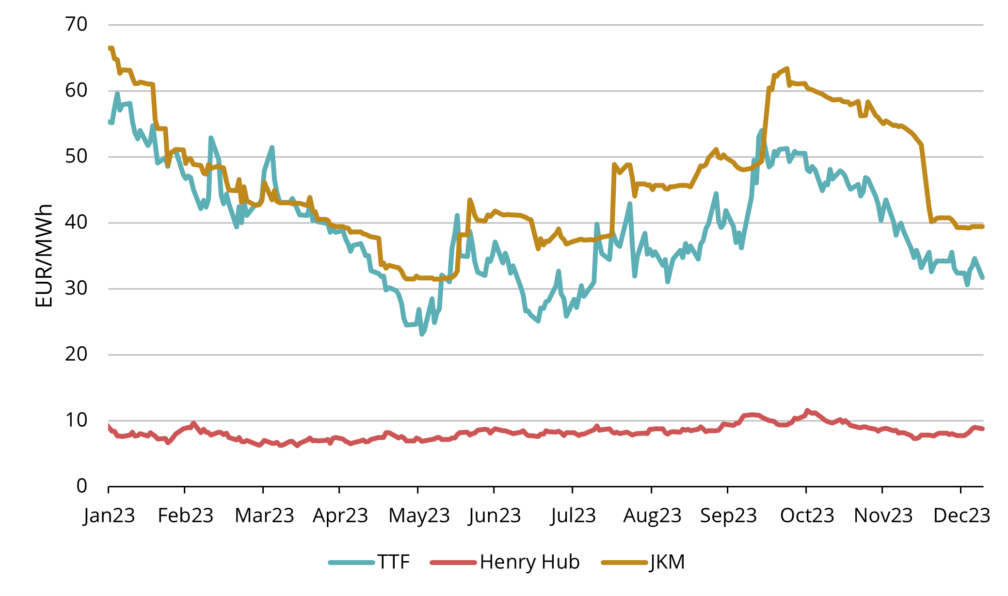Margus Kaasik: We should make the most of LNG
Opinion
The first major LNG project of Eesti Gaas, the fuelling of the ship Megastar, has been a challenge – we are purchasing fuel from Pskov, 350 kilometres away, the supply cars need to cross the border twice, and staying on a smooth schedule requires true precision. We have experimented with additional supply chains from Poland and across the sea from Finland, which has also proved to be a complex logistical task.
Planning and transport are at the core of the LNG business – how to transfer gas from mineral depositories to consumers at a minimum cost, so that the sum of the gas itself, its transportation and storage costs at the terminals would maintain a competitive price compared to other fuels. Time and calculations should show how a smaller LNG terminal in Estonia would fit into the supply chains. Based on the example of Lithuania, it is known that building and managing a terminal is costly and requires state support. Establishing a terminal in Estonia would have a catalytic effect on the Estonian economy, but the competitive price of gas for the customer is more important than the location of the terminal.
Thanks to the Klaipeda terminal, Gazprom has lowered the price of gas sold in the Baltics. A few years ago, the price of natural gas was considerably higher in the Baltics than in Germany, in recent years the price gap has dropped sharply. The reason is the economic price pressure. LNG prices in Europe are related to the gas exchange prices there, thus bringing European gas prices to the Baltic States. In order to not lose its share in the market, Gazprom had to react and review their prices. That is the way market economy works.
Another important message sent by the LNG terminal to Gazprom is the growing energy independence of the Baltic States. Already today, the Baltic States could handle importing natural gas solely through the LNG terminal.
The third point of reference is maritime transport, where the use of LNG is expected to surge in the coming years. Since 2015, passenger and cargo vessels travelling on the Baltic Sea, including ferries between the islands of Estonia and the mainland, have been required to use more environmentally-friendly fuel. From 2020 onwards, the environmental requirements of marine fuel will become stricter globally. Essentially, shipping companies have three options: start using low-sulphur special fuels, install cleaning equipment, or switch over liquefied natural gas.
It was only a few years ago that stakes were made on when LNG could become a dominant marine fuel. Fear and caution were caused by the construction of expensive infrastructure. However, it seems that these fears were unfounded and now leading power engineers are predicting that the number of ships using LNG will increase steadily until 2030. We would be foolish to miss out on the opportunity to engage even more actively in the discussions on the LNG fuel market.
Moreover, it is not only ships that use LNG fuel. The United States is taking the lead in promoting LNG as car fuel. Just a few years ago, the construction of LNG fuelling stations for trucks began under the leadership of Shell. To date, they are already over 70 such stations. LNG is a good addition to CNG in the transition from oil-based liquid fuels to cleaner gas fuels. Sooner or later, we also need to think about a LNG gas station capable of servicing transit transportation.
Natural gas is a clean and affordable fuel – light fuel oil, for example, is twice as expensive as natural gas. We know that global price pressures keep the cost of LNG under control. The continuous increase in the excise duty on natural gas, whilst maintaining a very low excise tax on shale oil cannot be considered to be sustainable, supportive of the European energy policy, nor environmentally friendly.

